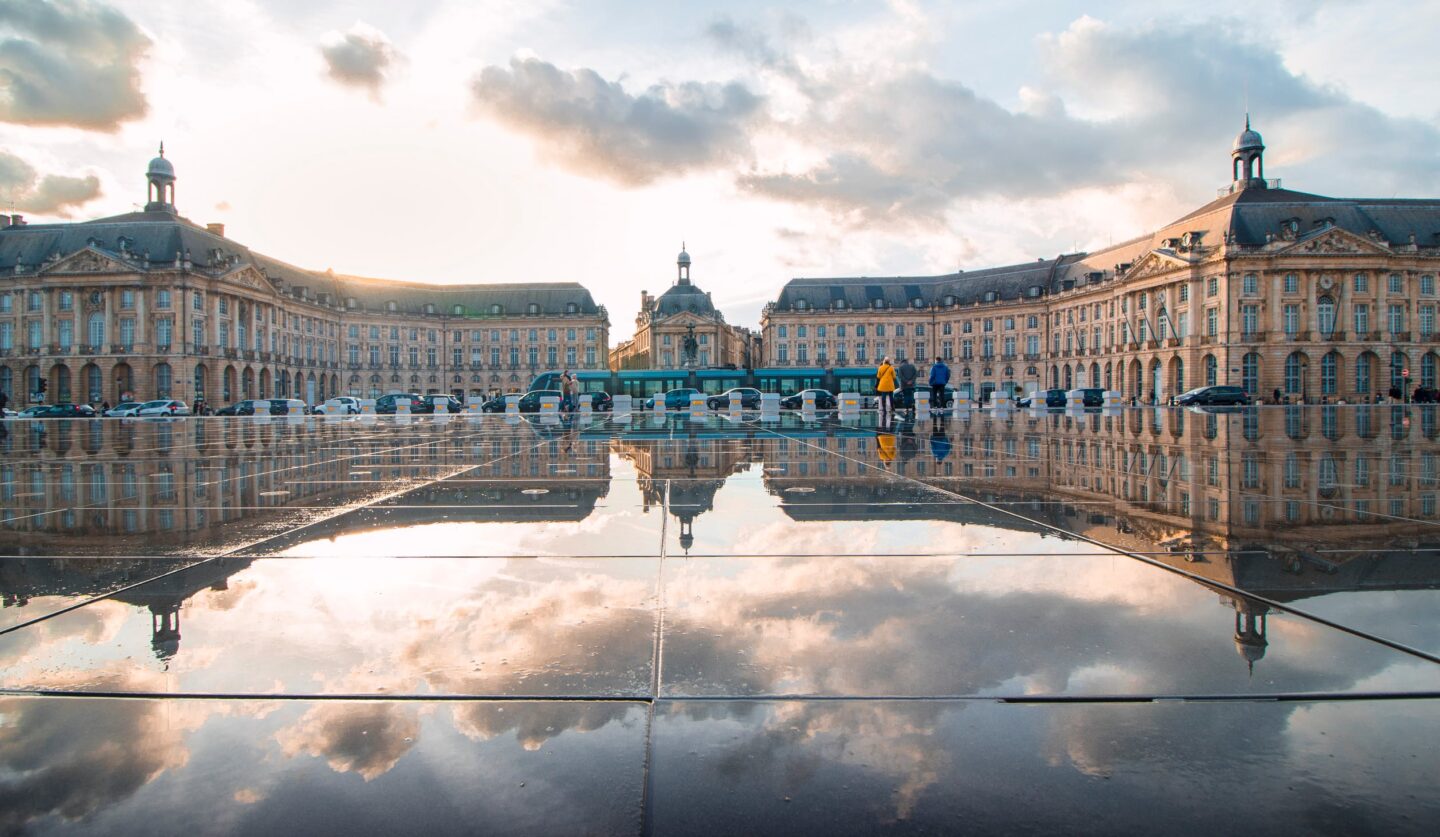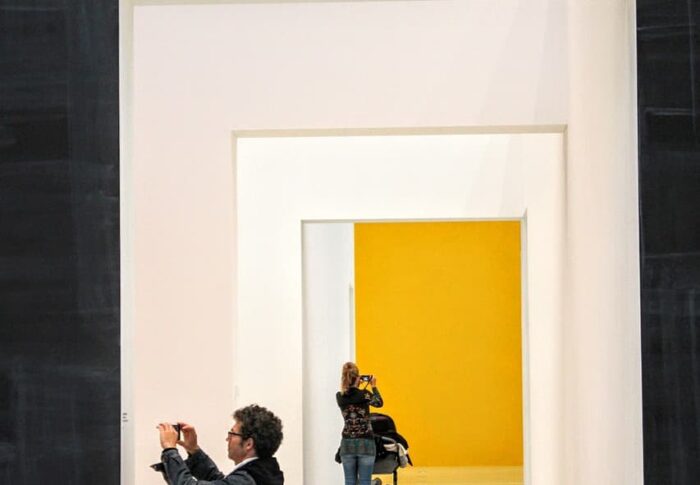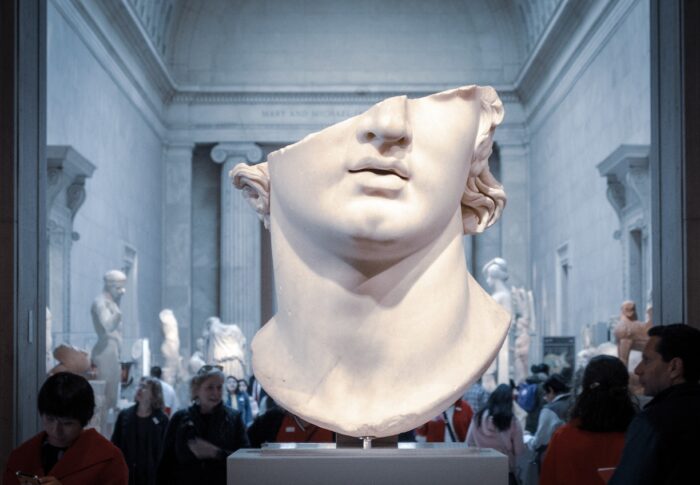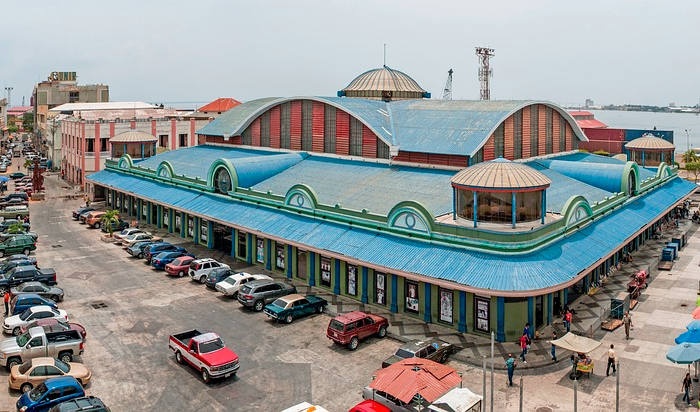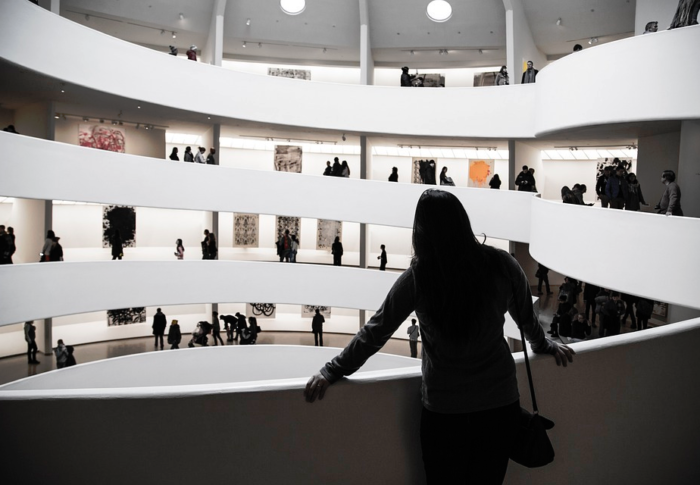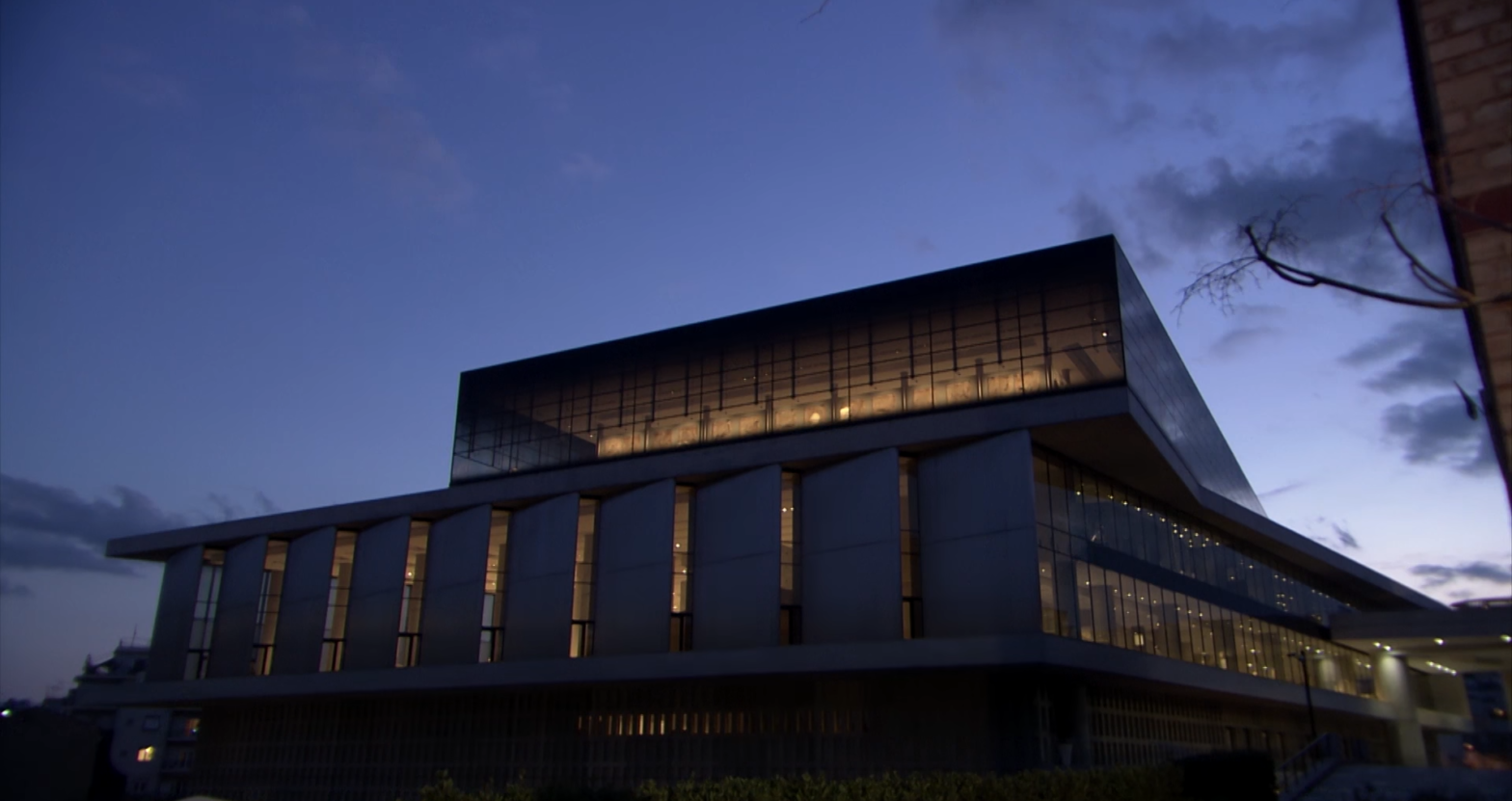
Acropolis Museum
The Acropolis Museum is the “crowning jewel” of the Greek capital’s museums.
Today the museum has managed to attract the attention of millions of visitors from all over the world not only by its amazing exhibits, but also by its architecture.
The list of museums was based on a special algorithm that took into account the number and quality of evaluations about each specific museum for one year. It included 509 museums from around the world. The site’s audience of 60 million people gave their opinion. The new Acropolis Museum is in the top ten, taking 8th place in the top 25 best museums in the world. It surpassed such colossi as the Louvre in Paris and the British Museum in London. The Louvre, the most visited museum in the world, was in 19th place this year, while the British Museum was in 15th place.
The impeccable, aesthetically designed room houses masterpieces of the ancient Acropolis, which are placed in such a way that they seem to float in space. The design of the building gives the impression of a “transparent” space without walls, with an undisturbed view where archaeological excavations permeate the building.
Radiant light bathes the vast halls, and the panorama that opens up is truly unique.
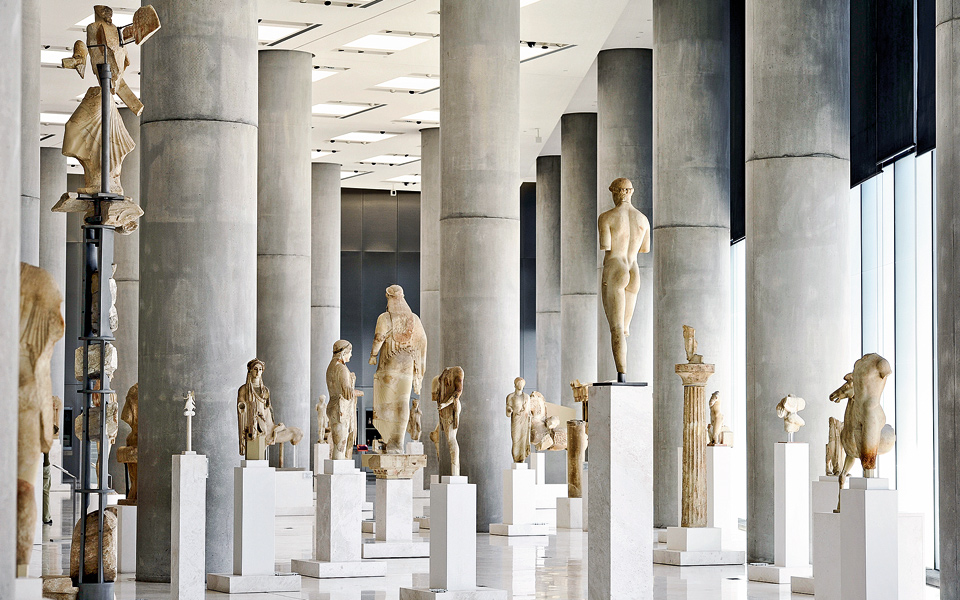
The new Acropolis Museum houses the archaeological finds collected from the archaeological excavations of the Acropolis in Athens. It was specifically built to house every object found on and around the Acropolis, covering the period from the Mycenaean, Roman era and the early Christian era of Athens.
Building a new Acropolis Museum was no easy task for Greece.
The first Acropolis Museum (now called the Old Museum) was built in the shadow of the Parthenon on the Acropolis itself, in the late 19th century. A few years later excavations of the Acropolis uncovered new exhibits from the Greek-Persian wars of 480 BC. Most of the rarest items from the Acropolis were collected in the storerooms of the museum.
The idea of building a new Acropolis Museum was first considered over forty years ago, in 1976, when the Greek government announced an architectural competition to choose the design of the new museum. Unfortunately, neither that competition nor the next one, in 1979, were successful. A third competition in 1989, open to international companies, was won by the Italian architects Manfredi Nicoletti and Lucio Passarelli. However, some time after construction began, significant archaeological discoveries were made at the base of the excavation and construction was halted. Archaeological excavations have shown that the site is an old town with a thousand years of history. Valuable information about the daily activities and lifestyle of the ancient people who lived under the Acropolis was collected.
The government, wishing to find a constructive solution that would incorporate these new findings, called for a fourth contest in 2000, with the additional requirement that the new museum be designed somehow over the ruins of the ancient city, so as not to damage them. Fotiadis, won the last contest for the design of the museum.

On June 20, 2009, the museum was inaugurated by the President of the Republic of Greece. Carl Papoulias opened the museum in the presence of the president of the EU and many foreign guests. The then Minister of Culture, A. Samaras, as a symbolic gesture, which was broadcast around the world, put a piece of marble that had been returned from the Vatican Museum.
The building consists of glass and concrete and is a masterpiece in the historic district of Athens called Makrigiani, located southeast of the Acropolis. The museum has a total area of 25,000 square meters and has 14,000 square meters of exhibition space (Ten times larger than the old museum). The permanent exhibition of the museum consists of more than 4000 exhibits.
The three-story building is only 300 meters from the Parthenon and near the Acropolis metro station. Visitors to the Acropolis Museum can see the excavations of the ancient city through holes in the glass floors on the first floor of the museum .
